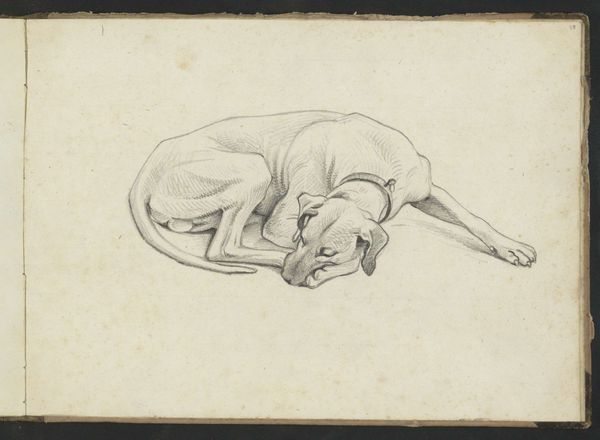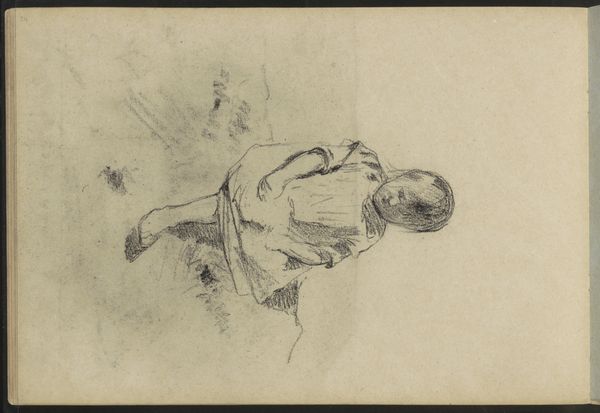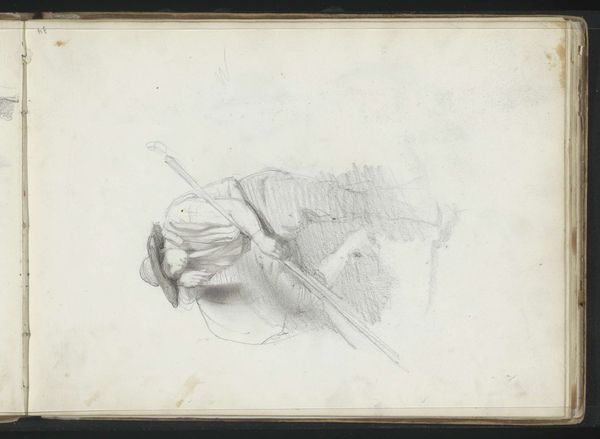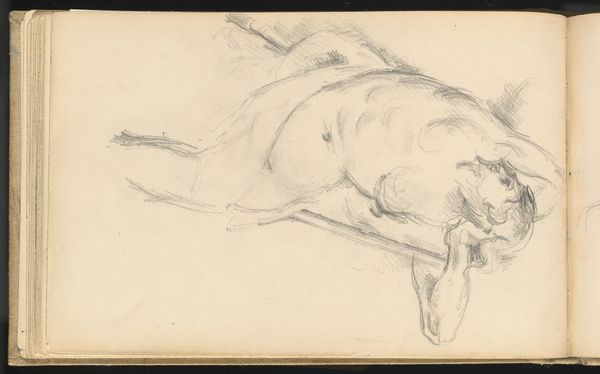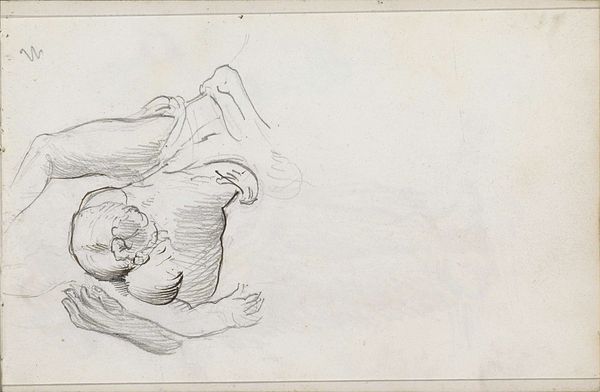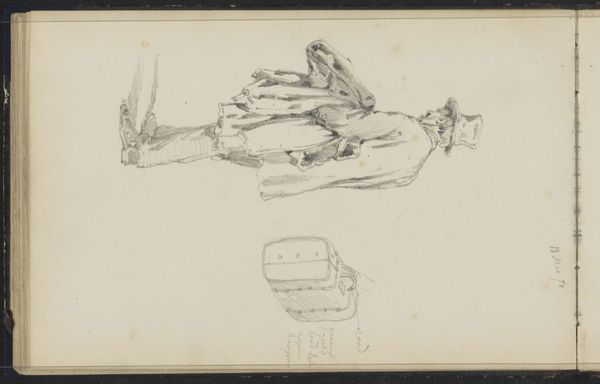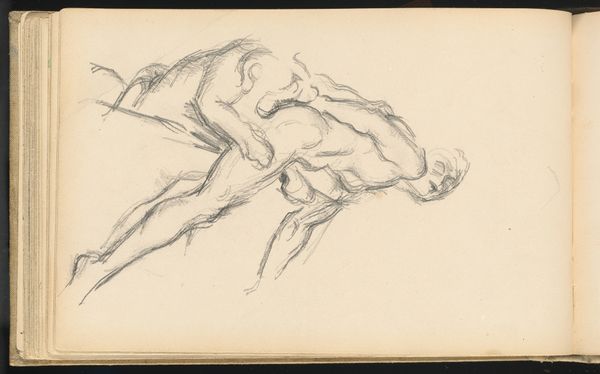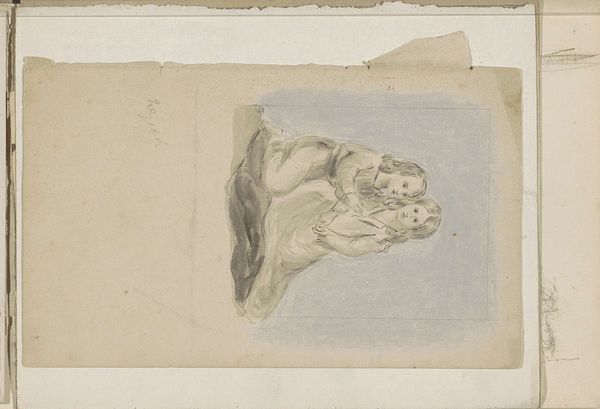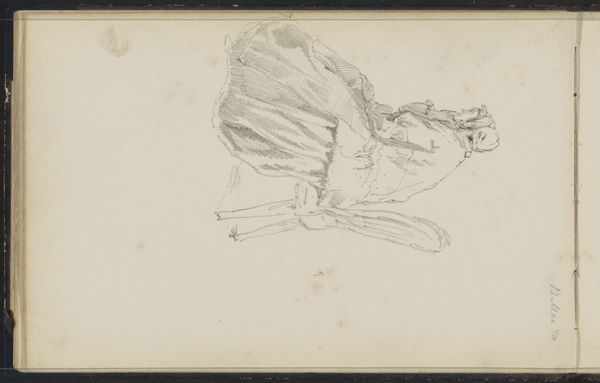
drawing, paper, pencil
#
portrait
#
drawing
#
baroque
#
pencil sketch
#
paper
#
coloured pencil
#
pencil
#
academic-art
Dimensions: height 126 mm, width 158 mm
Copyright: Rijks Museum: Open Domain
Curator: This lovely piece, "Papegaai," created sometime between 1694 and 1749, is attributed to Peter (III) Casteels. It's a delicate drawing executed with pencil, and perhaps coloured pencil, on paper. What’s your initial take? Editor: There’s a real fragility to it. The subject, a parrot, seems weighed down, almost melancholic, captured in such ephemeral strokes. It’s quite compelling. Curator: The social history surrounding such works is interesting, isn’t it? Depicting exotic birds was quite popular among the wealthy during that era, almost a display of one’s global reach and, of course, status. These creatures were commodities themselves. Editor: Exactly. Thinking about the materiality, though, I'm curious about the kind of paper used and the source of the pencils, especially if coloured. Was this drawing intended as a preliminary study for a larger work, or an artwork unto itself destined for display? Its level of finish feels somewhere in between. Curator: That's a keen observation. Its academic art styling points to a studied attention to detail. Given the prevalence of such studies, especially those associated with baroque sensibilities, one can consider this to be related to broader trends of scientific and artistic curiosity of the period. The art world often legitimized commercial exchange and colonial desires. Editor: It certainly makes you think about the parrot itself, stripped from its habitat and placed in European aristocratic circles. What was the ecological cost to feed European aesthetic hunger? And even more, think of the artisans involved; what social structures allowed Casteels access to such exotic, caged creatures, and affordable material, to complete a depiction? Curator: An ethical question for the ages, one could say! It’s fascinating how a simple drawing opens up conversations around ecology, labor and power dynamics of its time. Editor: Absolutely. The simplicity belies the complexity. It forces one to think about both the immense labor and natural exploitation that underpin art’s existence. Curator: I agree. I find my appreciation enhanced when I see past the simple image to a detailed world.
Comments
No comments
Be the first to comment and join the conversation on the ultimate creative platform.

